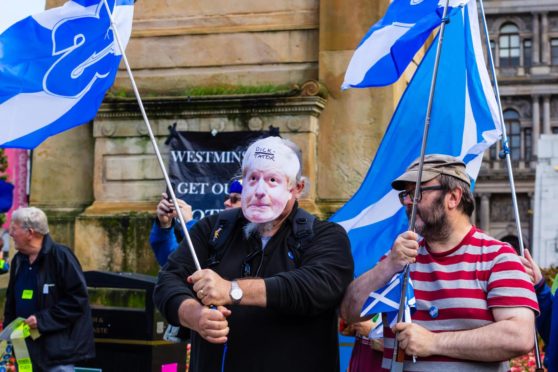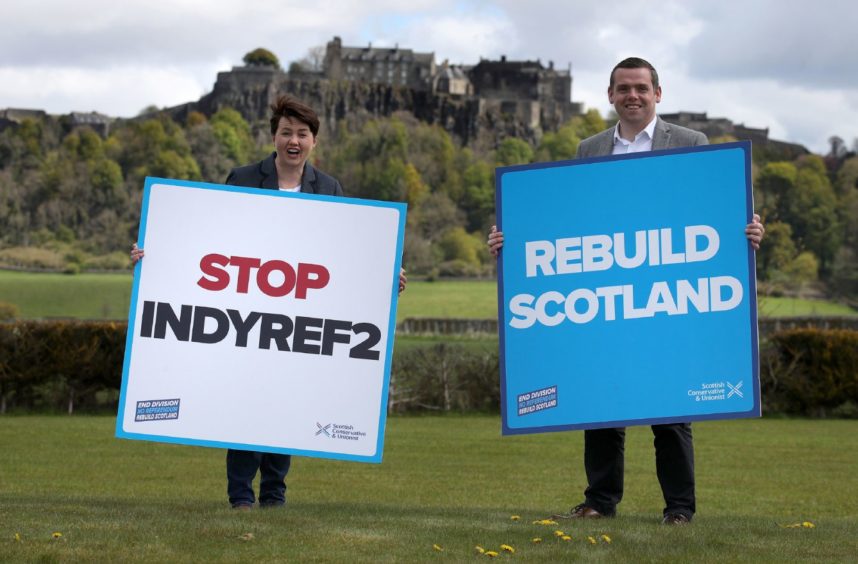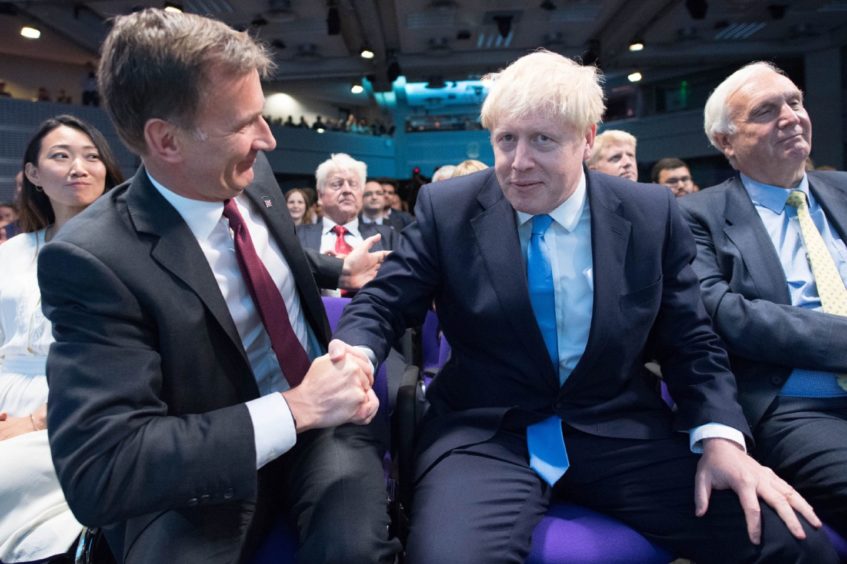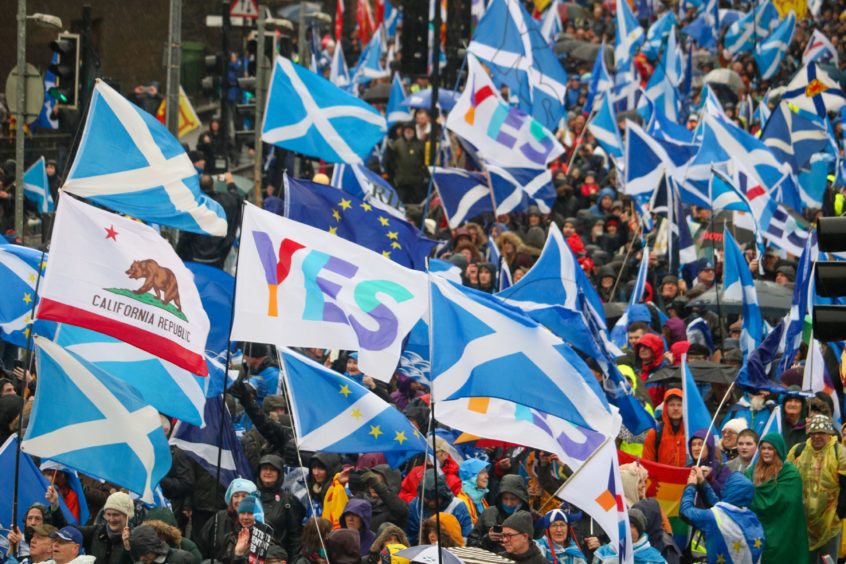When you consider how keen the UK Government is to talk about the strength and rippling muscles of the Union, it’s odd that it dedicates so much time to trying to “save’’ it.
A few weeks ago, the latest madcap plan to “save the Union’’ was to send a few senior members of the royal family northward to live among the locals and erect Union flags under cover of darkness.
This week, there’s a new Big Idea.
It involves Ruth Davidson, naturally. Gordon Brown must be busy.
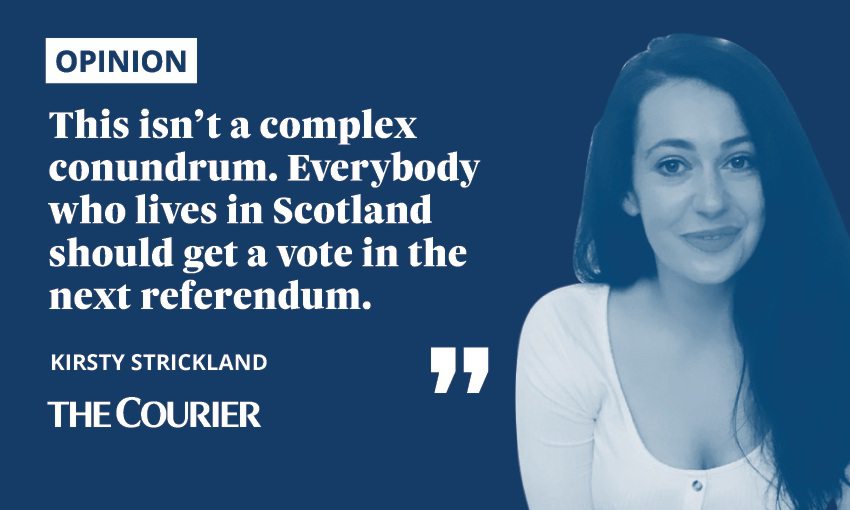
Those around Boris Johnson have floated the idea that the now-Baroness Davidson should get a another title, in a newly created role of ‘’constitutional secretary’’. This would make her a key figure in the next No campaign.
It makes sense. Ruth Davidson might have lost every election campaign she led in Scotland but she is still seen as one of the most compelling pro-Union voices that the UK Government has in its armoury.
As well as a return of the Ruth, Cabinet Ministers are reportedly urging Boris Johnson to extend the franchise of the next Scottish independence referendum to include Scots living in other parts of the UK.
There’s an assumption, backed up by polling, that those people would favour the No side in a referendum.
That must certainly be the belief of the UK Government, otherwise they wouldn’t be talking about it.
This isn’t some misty-eyed ode to democracy and the rights of Scots who live elsewhere.
Boris Johnson’s government is motivated by naked self-interest – bonus points if Boris Johnson gets to be naked while exercising those interests.
This proposal is unworkable and doomed to go the same way as all the other back-of-a-fag-packet suggestions they’ve dreamed up in recent months.
Bloody minded
It put me in mind of Jeremy Hunt during the Tory leadership contest that he lost against Boris Johnson.
When asked about the prospect of indyref2 and whether he was tough enough to stop it happening, Hunt spoke about his blood.
To be clear – nobody asked about his blood.
Nobody had mentioned or even thought about his blood before he answered: “I’ve got Welsh blood, Irish blood and spent two happy years of my childhood in Scotland. I will never allow our union to be broken up.’’
I was born in Scotland but I can’t say for sure what different nationalities are floating around in my veins. I put the heating on last week, so I know my composition can’t be 100% Scottish.
Regardless, this isn’t a complex conundrum. Everybody who lives in Scotland should get a vote in the next referendum: no ancestry checks, no creepy blood authenticity tests.
My Dad was a proud Englishman and had the tattoos to show for it. He was raised in England and lived in England before he fell in love with my mum – a Scottish woman – and moved to Scotland.
A year before he died, he voted Yes in the referendum.
Independence numbers game
Polling is a snapshot, not a prediction. Cabinet Ministers have looked at the numbers as they are now and judged that enough of the 800,000 Scots-born people who live elsewhere in the UK would vote for the Union. Certainly enough to make the accusations of shifting goalposts and underhand shenanigans worth the hassle.
But a considerable number might not. Many would surely opt to vote in a way that would land a blow on Boris Johnson, knowing that they are sheltered from the economic doom and gloom that the No campaign will warn against.
We can’t know for sure what impact including those who are unaffected by the outcome would have but it doesn’t actually matter because it’s a daft idea either way.
Yes campaigners can blame Project Fear, or they can listen to the people they need to convince and do better next time.”
There’s no shortcuts for either campaign. Attempts to game the system – by either side – will rightly be met with the derision of voters.
For those who support independence, the challenge is clear.
The 2014 Yes campaign won many hearts but it failed to win enough minds.
Many soft-No voters have since said that they would have liked to vote for independence but they didn’t feel like the big questions they had on the economy were properly answered.
Yes campaigners can blame Project Fear for that, or they can listen to the people they need to convince and do better next time around.
I voted Yes in 2014 because I think Scotland should get the government it votes for – whatever colour that may be.
Decisions about Scotland should be taken by the people who live here and are directly affected by them: Scottish, English, Polish, Irish, Indian and even voters who pronounce Primark the wrong way or the weird folk who only butter one half of a sandwich.
Of course, all this is moot for the time being. Boris Johnson won’t allow Scotland to hold another independence referendum unless he is sure the Union would emerge from it intact.
All this talk about tinkering around with the franchise betrays a lack of confidence in that being the likely outcome.
